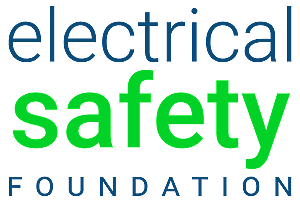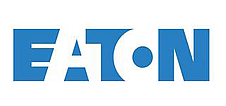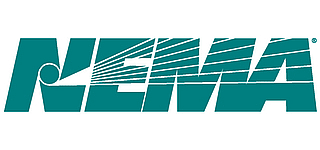
ESFI and Wesco’s article, Safety Implications of Emerging Technology, was recently published on Occupational Health and Safety’s website. Read the article here.
Safety Implications of Emerging Technology
By Brett Brenner, Nelson Squires
The introduction of the incandescent light bulb in the 1880s was the first spark that set humanity on the course of electrification. Although by 1925, only half of American homes had electricity, advances in electrical technology over the next decades greatly increased our dependence on power. In modern times, rapid advancements in emerging technologies, such as electric vehicles (EVs) and smart devices, requires further electrification—or the transition from fossil fuels, including coal, natural gas and oil—to clean, renewable energy sources—and making the additional energy use that all these devices require safe and efficient.
With additional technologies and electricity use comes a greater risk of electrical shock and electrocution.These technologies are safe as long as they are installed and maintained correctly. Businesses should also be aware to only purchase electronics that are certified by a Nationally Recognized Testing Laboratory (NRTL). NRTLs test and certify electrical equipment and other products to ensure that they meet current safety standards and are safe with proper use.
With the National Fire Protection Association (NFPA)’s 70B: Recommended Practice for Electrical Equipment Maintenance becoming an active standard this year, building owners and managers will now need to address the electrical safety of their building operations and maintenance systems. Preventative maintenance, rather than reactive maintenance after equipment breaks or malfunctions, is crucial to keeping workers and facilities safe and preventing lost revenue due to downtime. These measures, coupled with comprehensive staff training, will keep workplaces safe and operating efficiently.
By digitizing your building and systems, you can make your workplace and employees safer. Companies today are facing the common problem of how to remain connected in the ever-evolving modern-day landscape. The need for real-time insights into processes, products and maintenance is imperative to help reduce worker injuries and OSHA violations and increase cash flow and workflow.
Reducing worker injuries and OSHA violations can be one of the many benefits of electrifying a building and conducting preventative maintenance. A workplace electrical injury usually involves three days away from work for the parties involved, with the potential for more downtime if an investigation needs to be completed. Utilizing digital maintenance can take the risk away from the worker, as technology is supplementing the human experience. This allows for the proper documentation of maintenance through monitoring and digital records. By monitoring equipment, work is only completed when it needs to be. Since work is planned and not unexpected, this limits working on energized or live equipment.
With advancements in electrification and emerging technology, now is the time to take action by modernizing your building and systems. Through these upgrades, maintenance costs, downtime, workplace injuries and OSHA violations can decrease while productivity and output can increase. Deferring maintenance can lead to unscheduled downtime, lower the lifespan of electrical equipment and the continuation or increase of environmentally harmful emissions. By upgrading to newer electrical systems and digitally conducting maintenance, you can help reduce your total operation cost while also improving the electrical safety of your workplace and the safety of your workers. For free-to-share materials on digitization and workplace safety that you can utilize throughout your community, visit esfi.org.
ABOUT THE AUTHORS
Brett Brenner is the President of the Electrical Safety Foundation International (ESFI), the premier non-profit organization dedicated exclusively to promoting electrical safety at home and in the workplace. Over the past 16 years, Mr. Brenner has developed aggressive marketing and awareness campaigns to advance electrical safety. Such accesses have established ESFI as the primary source for unbiased electrical safety information to reduce electrically related deaths, injuries, and property losses. Mr. Brenner is a graduate of Radford University and is active in many professional organizations promoting public safety, including the National Fire Protection Association’s Educational Messages Advisory Council.
Mr. Squires was named Executive Vice President and General Manager – Electrical & Electronic Solutions of Wesco International in June of 2020. Prior to this appointment, he held the role of Senior Vice President and Chief Operating Officer from October of 2019 to May of 2020, Group Vice President and General Manager for Canada and International from January of 2018 to September of 2019, and Group Vice President and General Manager of Wesco’s Canadian operations from August of 2015 to January of 2018. Before joining Wesco, Mr. Squires was Vice President and General Manager of North American Gases and President of Air Products Canada Limited for Air Products and Chemicals, Inc. Mr. Squires joined Air Products in 1989 as a Sales Engineer and earned numerous assignments of increasing responsibility in region and general management positions, mergers and acquisitions and investor relations. Mr. Squires served as a Captain in the U.S. Army and holds a Bachelor of Science degree from Wake Forest University.




